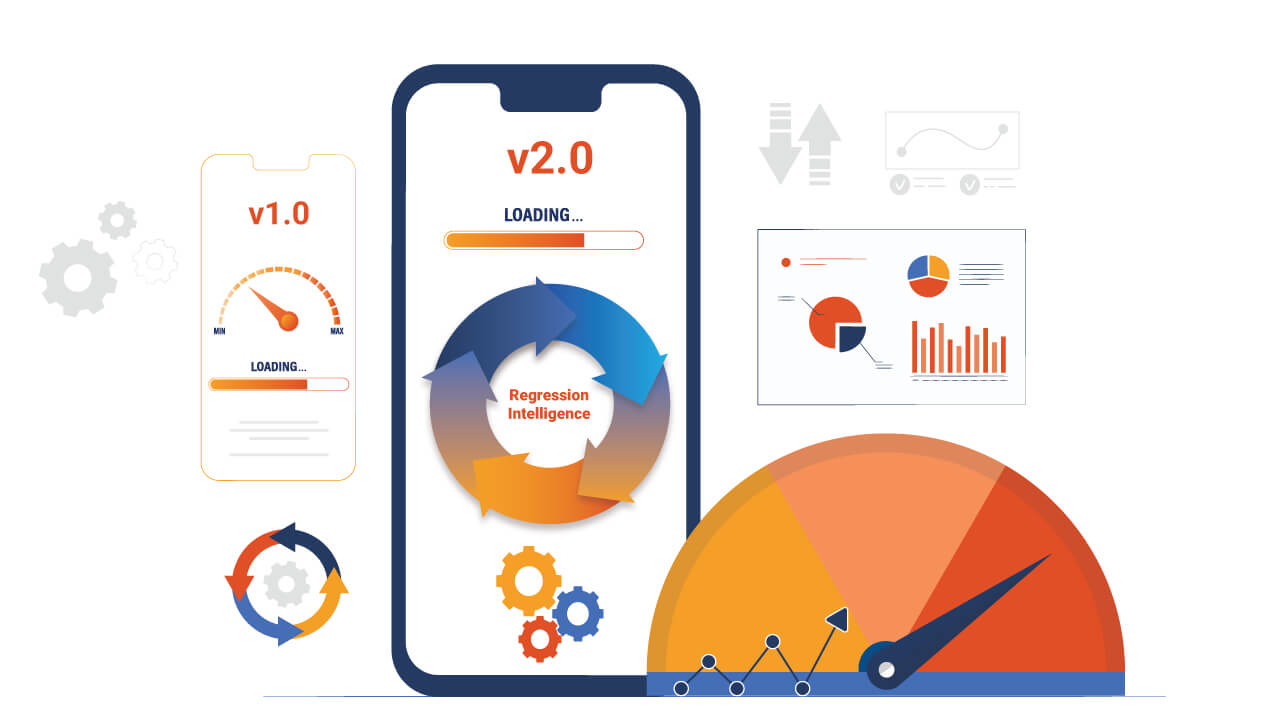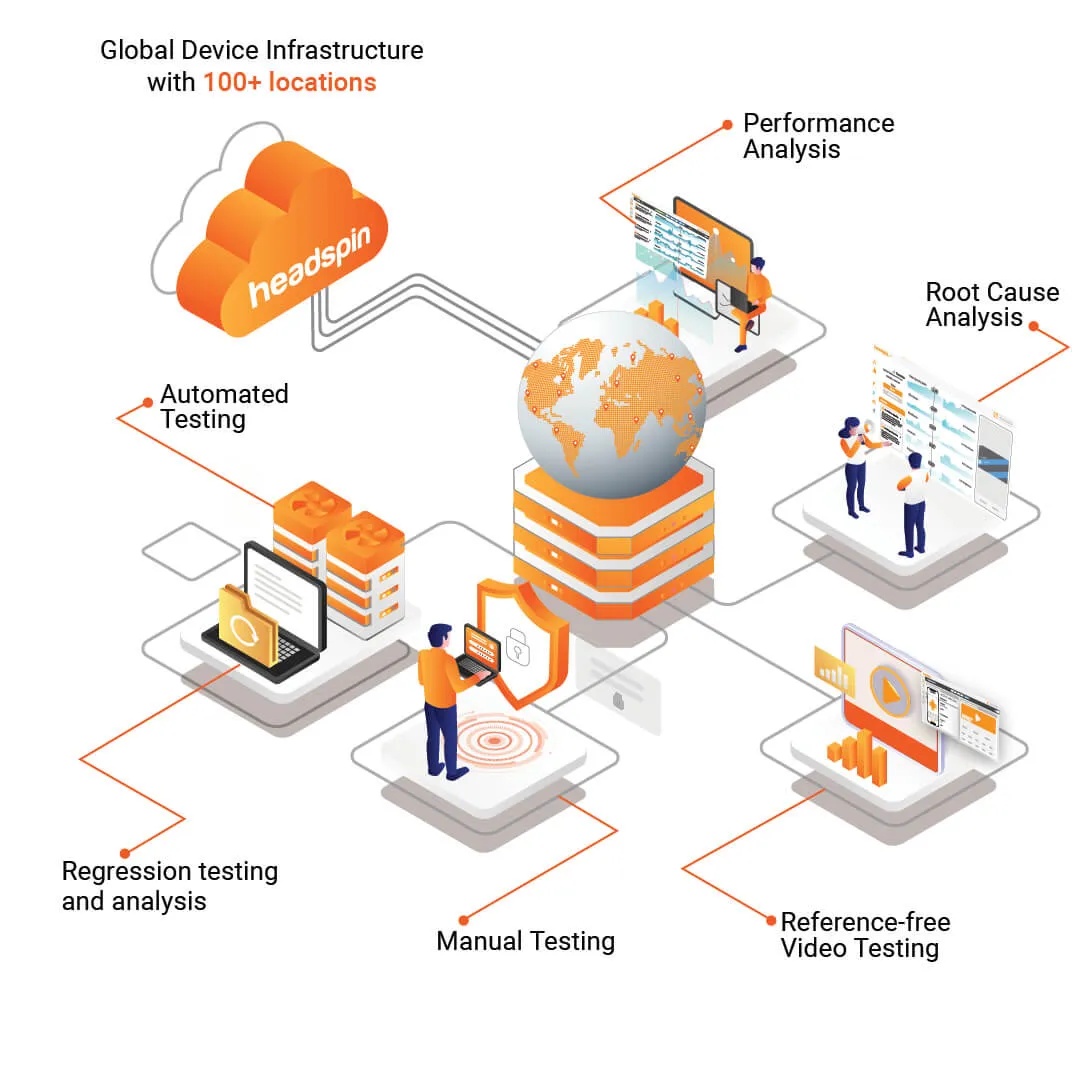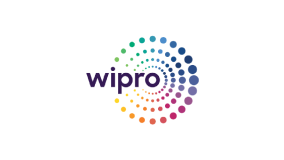When testing mobile apps, one of the first decisions teams face is whether to use emulators or real devices. Both play distinct roles, but the right choice depends on your testing stage, the type of app, and how close you need to get to the real user experience.
Early in development, emulators are useful for speed and convenience. But as you move closer to release, testing on real devices becomes non-negotiable for ensuring performance, usability, and compatibility across actual hardware and networks. Let’s break this down.
What Is an Emulator in Mobile App Testing?
An emulator is software that mimics the hardware and operating system of a mobile device. Developers and testers use emulators to run apps on a computer without needing physical devices.
Key Characteristics of Emulators:
- Platform Simulation: Emulators replicate the operating system and basic functions of Android or iOS devices.
- Cost-Effective: They eliminate the need to purchase and maintain a large set of devices.
- Early Development Testing: Effective in the initial stages of development, particularly for debugging core functionality.
Limitations of Emulators:
- Performance Gaps: Emulators often fail to accurately reflect real-world conditions, such as network variability, CPU load, or battery drain.
- Limited Hardware Simulation: Features such as GPS, camera, biometric sensors, and push notifications may not always be accurate.
As your app matures, emulator testing alone becomes insufficient. That’s where real devices come in.
Testing on Real Devices
Testing on real devices gives teams the most accurate reflection of how users actually experience the app. You can see how the app behaves under genuine network conditions, how responsive it feels, and how it interacts with hardware components like GPS, cameras, or fingerprint sensors.
Benefits of Testing on Real Devices
- True-to-Life Performance: Real devices capture performance metrics like response time, battery drain, memory usage, and CPU load under actual usage conditions.
- Accurate UX Feedback: Subtle UI details, such as scrolling smoothness, gesture response, or animations, are visible only on real hardware.
- Hardware Validation: Camera access, push notifications, location tracking, and sensor-based features work exactly as end users would experience them.
- Cross-Network and Geo Testing: Teams can test under 3G, 4G, 5G, or Wi-Fi and across locations to account for latency and signal variability.
- End-to-End Journey Testing: From login to payment, testers can validate complete user workflows seamlessly.
Challenges of Testing on Real Devices
While indispensable, testing on physical devices comes with practical hurdles:
- Cost and Maintenance: Building an in-house device lab is expensive and requires constant updates as new models are released.
- Manual Overhead: Connecting, managing, and running tests across multiple devices can slow down release cycles.
- Scalability Issues: Running tests at scale, particularly in parallel, is challenging without an automated infrastructure.
This is where real device clouds transform the equation.
What Is Real Device Cloud Testing?
Real device cloud testing offers remote access to physical devices hosted in secure data centers worldwide. Testers can interact with these devices as if they were holding them, tapping, swiping, or running automated scripts, without needing to maintain local hardware.
Key Characteristics of Real Device Cloud
- Real Hardware, Real Results: Tests run on actual devices with authentic sensors, touchscreens, and OS builds.
- Global Reach: Devices are distributed across multiple geographies, enabling testing under real network conditions (3G, 4G, 5G, and Wi-Fi).
- CI/CD Integration: Teams can trigger automated test suites as part of continuous integration and delivery workflows.
- Comprehensive Coverage: Real devices help verify compatibility across thousands of OS versions, models, and vendors, ensuring your app performs consistently for all users.
- End-to-End UX Validation: You can test gestures, animations, camera behavior, push notifications, and network-dependent workflows.
Real Device vs Emulator: Core Differences
When to Use Emulators
Emulators shine in the early stages of development when speed and feedback matter most.
- Unit Testing: Most unit tests, which check small, isolated parts of code like functions or classes, run best on emulators or simulators. They don’t need access to real hardware or sensors, just a quick environment to verify logic and functionality. Developers use them right after writing new code to confirm that everything works before pushing changes.
- Early Debugging: Emulators make it easy to spot and fix issues in logic, data handling, or simple UI behavior before integrating real-world dependencies.
When to Use Real Devices
- Pre-Release Validation: Before launch, testing on real devices is critical for catching performance and usability issues.
- Performance Testing: To measure response times, CPU/memory usage, and battery drain, and catch network-related issues.
- Sensor-Dependent Apps: Apps that rely on sensors like GPS, accelerometer, or biometrics need real hardware validation.
- Hardware-Dependent Apps: Some apps can only be tested effectively on specific hardware setups, such as Smart TVs and Set-Top Boxes, AR/VR applications, and camera-heavy apps.
- CI/CD and Continuous Testing: To utilise CI/CD pipelines to their maximal capability, teams often include real devices in their testing pipelines. This ensures every build is validated under real performance, stability, and hardware conditions—catching regressions and UX issues before release.
Quick Cheat Sheet
Best Practice: Combining Both Approaches
It’s not about choosing one over the other, it’s about using both strategically. Emulators are excellent for early development and quick fixes. Real devices are non-negotiable for accurate validation, performance testing, and user experience checks. Teams that balance both save costs upfront while still delivering reliable, high-quality apps.
FAQs
Q1. Can emulators fully replace real device testing?
Ans: No. Emulators are useful for early-stage testing but cannot replicate real hardware, networks, and performance conditions.
Q2. Why are real devices essential for mobile app testing?
Ans: They provide accurate results by reflecting how end users experience the app across devices, OS versions, and real networks.
Q3. Which is better for performance testing: an emulator or a real device?
Ans: Real devices, as performance metrics such as battery usage, latency, and memory consumption, can only be accurately captured on physical hardware.



























.png)












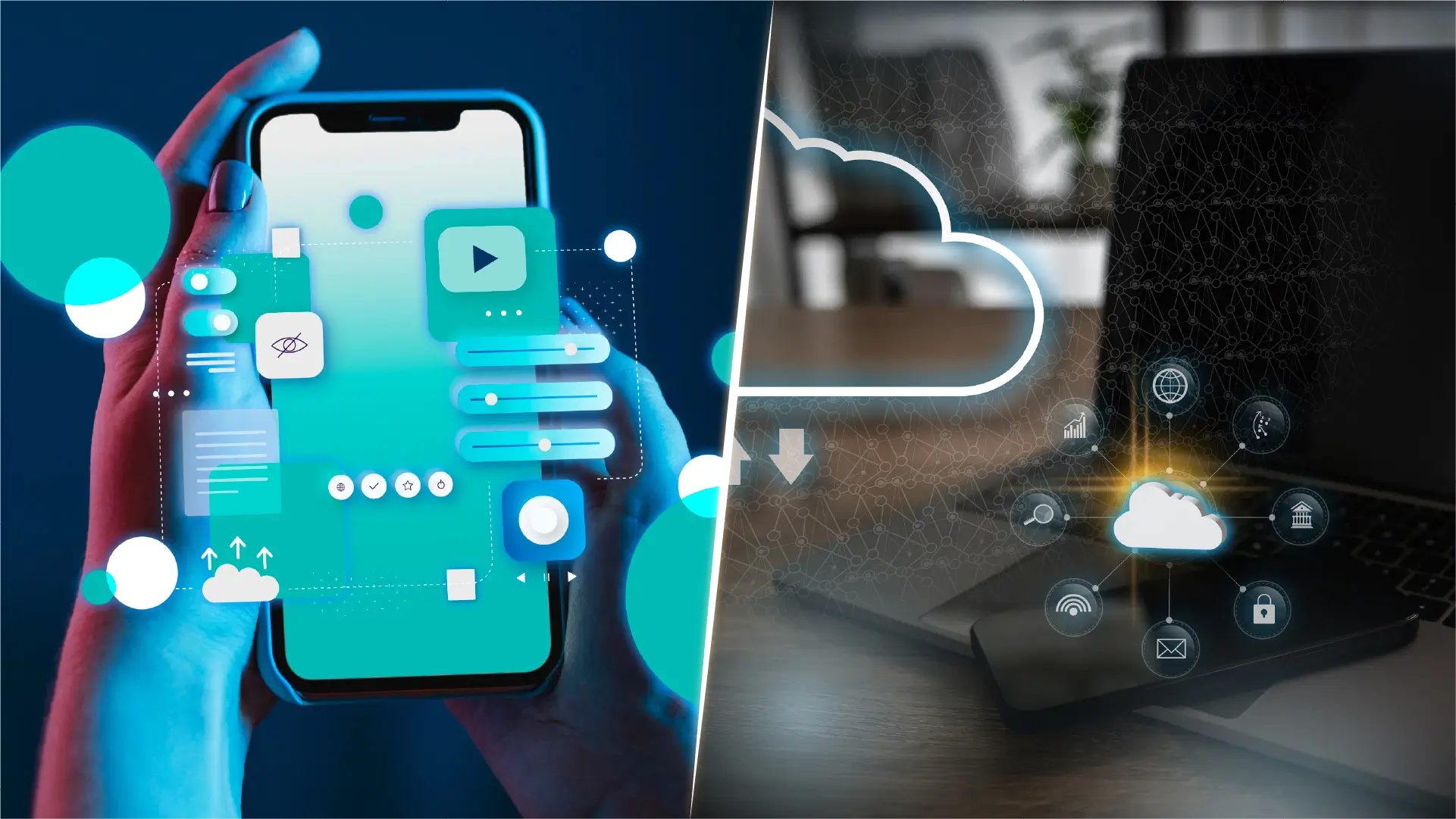



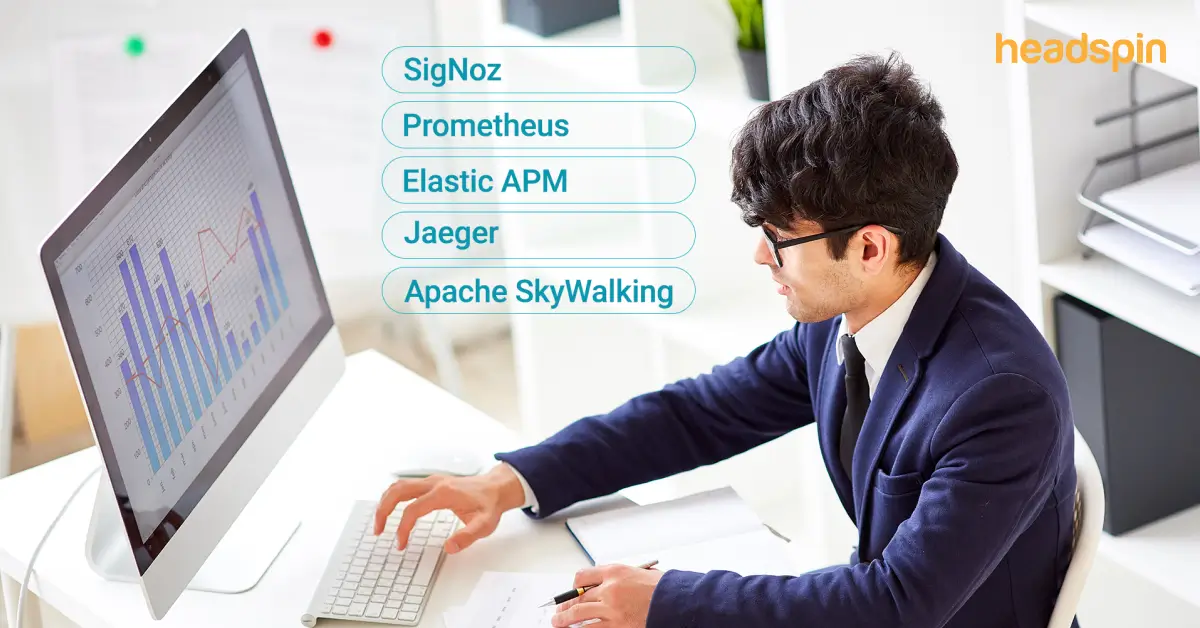
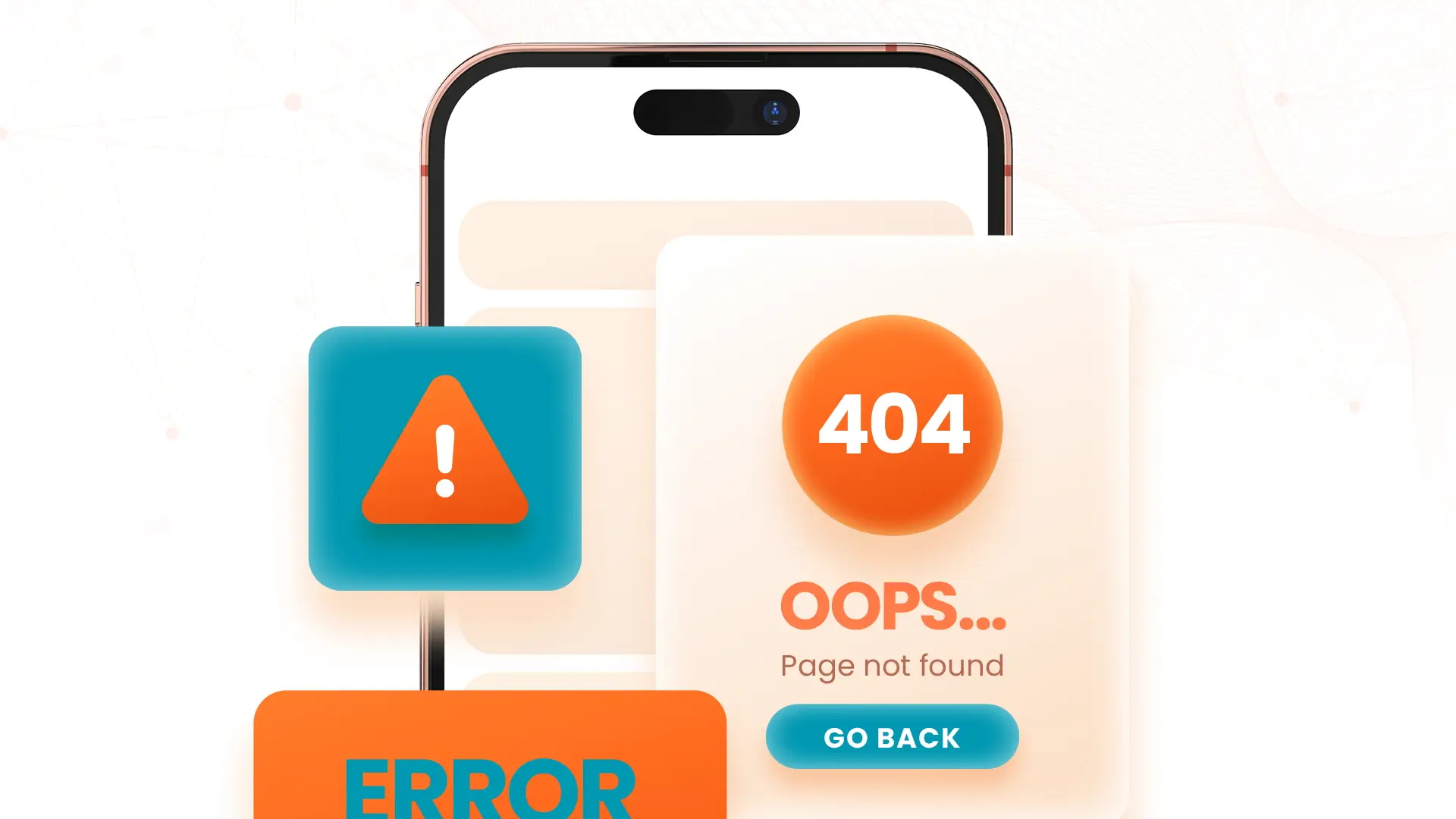

-1280X720-Final-2.jpg)

